4 ways to insulate above a garage – and the times pros warn you should never do it
Experts reveal if you need it, what to use, and when to steer clear of insulation above your garage


If you have a garage, you’ll know the temperature in there usually doesn't compare with the comfort of a well-insulated home. But, do you need to insulate your garage to bring it up to the same standard as your home?
We've spoken to garage, insulation and construction pros and who have shared the things to consider before insulating the space above your garage, what to use, and when to never insulate this area.
Learn where your particular garage setup is an area of your home you should always insulate, or avoid.
When to insulate above a garage
Just because you have a space above your garage, it doesn't immediately mean that it needs insulating. How you use your garage and what lies above, or inside it, will help you decide what you should do.
When to insulate:
- If you have living space above
- You use the space for a home gym, workshop or other useful living space
- Want better temperature control in the space over cold winters and hot summers
- Want to keep noise in
When you shouldn't insulate:
- If the above factors are not in play and you have a strict budget
- If it's not properly ventilated as the insulation could leave to condensation, and even mold
- It's just used as standard store
Timothy Wood, Founder and CEO of Fix It Today explains, 'Insulating your garage can be good, but it's not always a practical choice, or even necessary. If it’s just a place to stash your lawn tools, bikes, or other stuff that doesn’t need temperature control, insulation might be a waste of money.’
It could lead to other issues you're better off not having to deal with. Wood says, ‘If the garage doesn’t see much action, insulating it won’t make a noticeable difference, and you might even end up with condensation issues if it’s not ventilated properly.’
However, even if a garage doesn’t get a lot of use, it could still need insulating as Matthew Coates of Coates Design Architects + Interiors explains, ‘Insulation’s probably worth if it’s got living space above. You definitely want to insulate the floor between the garage and the room to keep it warm in winter and cool in summer.’

Learn more about how to keep your garage cool in hot weather.
Coates adds, ‘Even if it’s just used for storage, adding insulation can still help regulate temps, though it’s not essential.’ Doing so might also expand the types of items you store there as the lack of temperature control is one of the issues professional organizers warn about when sharing the items to get rid of from your garage.
If you have a freestanding garage Coates suggests, ‘You usually only need insulation if you’re using the space regularly, like for a workshop or gym.’
Joe Meringolo, Founder & Principal at JSM Project Management adds it is always a good idea to consider site-specific conditions in any home improvement project.
He says, 'Whether you live in an area that is colder, hotter, more humid, loud, you should consider the local conditions of the products and quantities you choose. If your teenager wants to host band practice in the garage, the acoustical dampening properties of Rockwool's Safe and Sound product will provide considerable sound absorption benefits.’
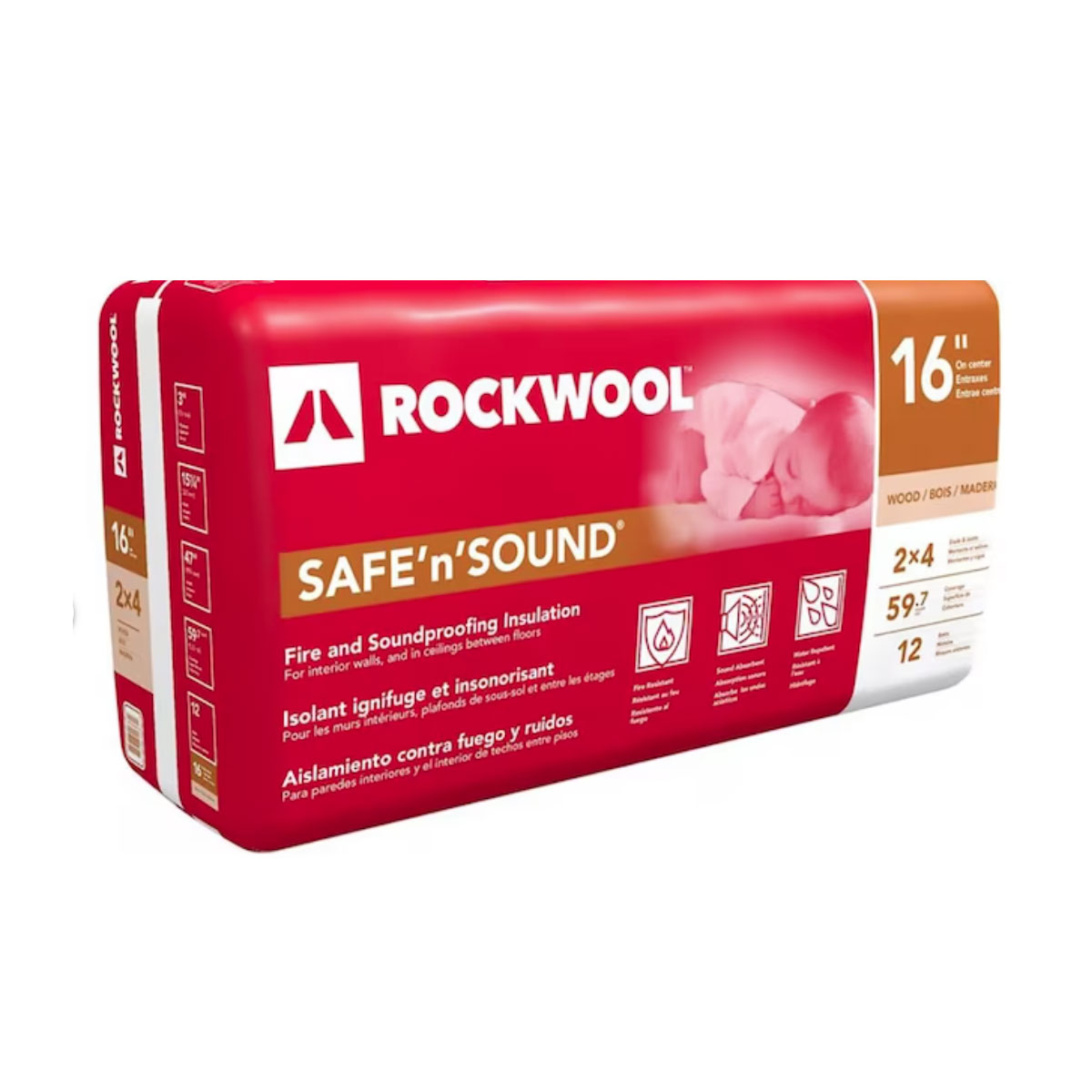
Joe Meringolo of JSM Project Management recommends this insulation for garages because for sound absorption qualities, its ability to reduce noise and insulate well.
Ways to insulate above a garage
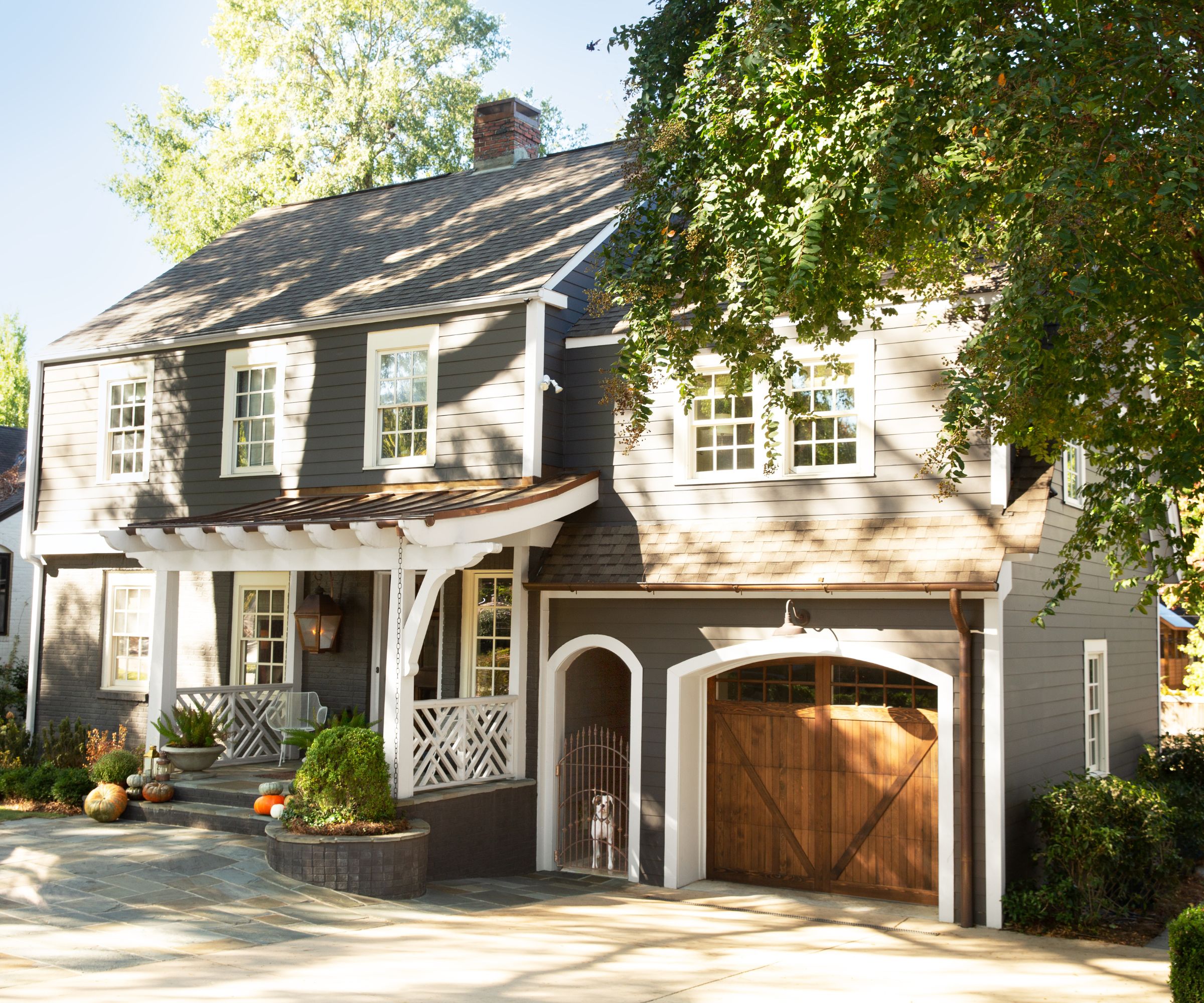
When adding insulation above a garage, the installation methods are very similar to how you insulate a crawl space, insulate a ceiling or wall. But you need to make sure that you are choosing the right insulation to match with how the garage is being used, as detailed below.
1. For simple temperature control

If the space isn’t going to be used on a regular basis or as a living space, then you only need to have basic temperature control.
To achieve this, Meringolo says, ‘Pink fiberglass insulation, such as Owens Corning R-13 Kraft Faced Fiberglass Roll Insulation (available from Lowes), AKA Pink Panther, is suitable.’
2. All-round insulation
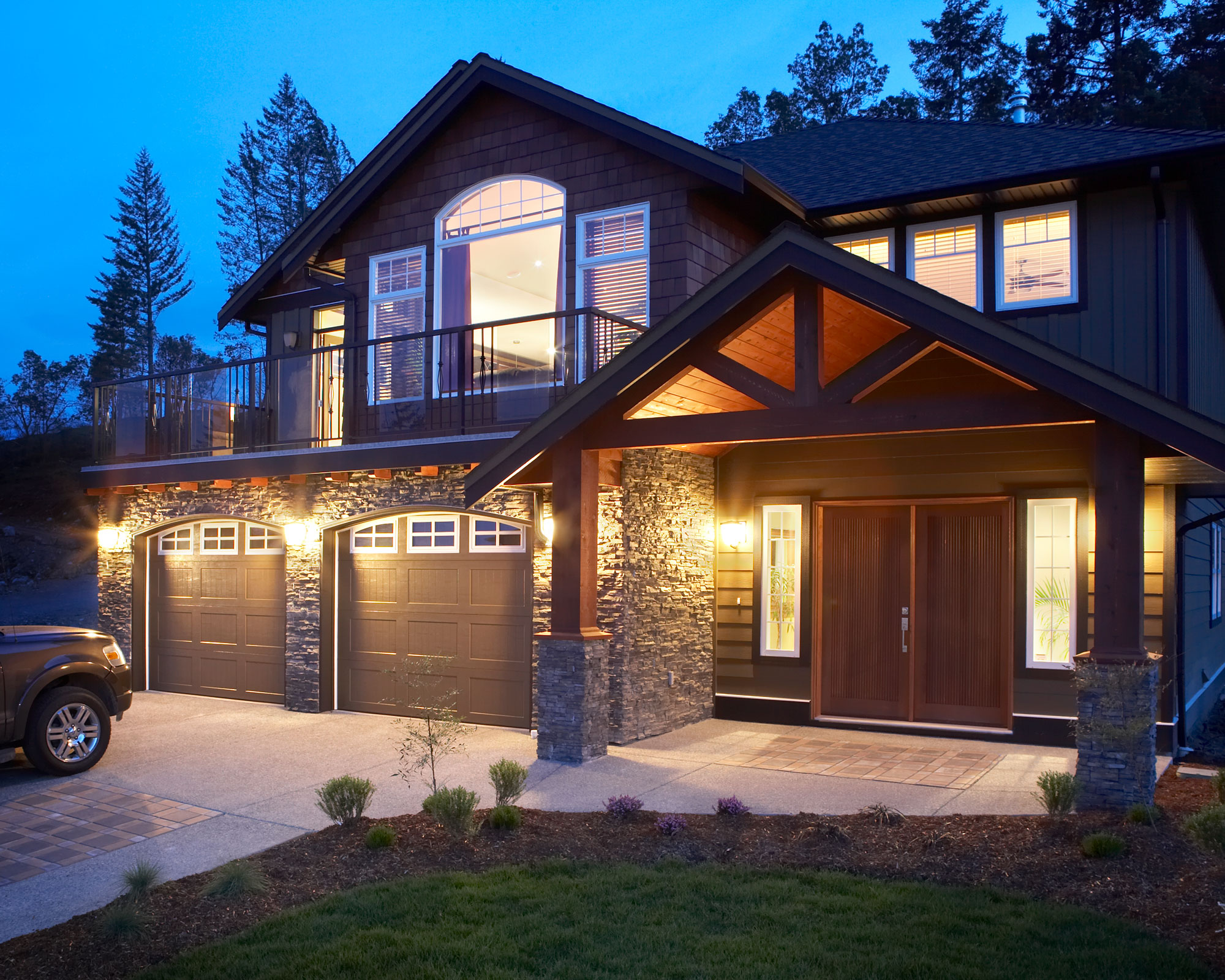
If you want greater control of the temperature in a garage, Coates suggests Rockwool, such as the ROCKWOOL COMFORTBATT R-23 from Lowe’s, as a good all-round solution.
He explains, ‘I usually recommend Rockwool, often referred to as mineral wool. It’s great for soundproofing, moisture resistance, and fire safety – all big pluses for garage setups.’
Plus, he adds, ‘It's awesome for ceiling or walls, especially if you’ve got a room above.’
3. Extra a warm insulation

If you are looking to use the space above a garage as a living space and you live in a colder climate, Coates has an alternative option to Rockwool.
‘Foam boards like Owens Corning’s XPS panels are also solid for high R-value insulation.’ This value is a measurement for how well an insulation material stops heat from moving through it. The higher the value, the better it is at the job.
Coates adds, ‘If you want a full seal, and a full thermal break in the building envelope, put the rigid panels on the exterior of the structure (under the siding) which gives a huge boost in performance.’
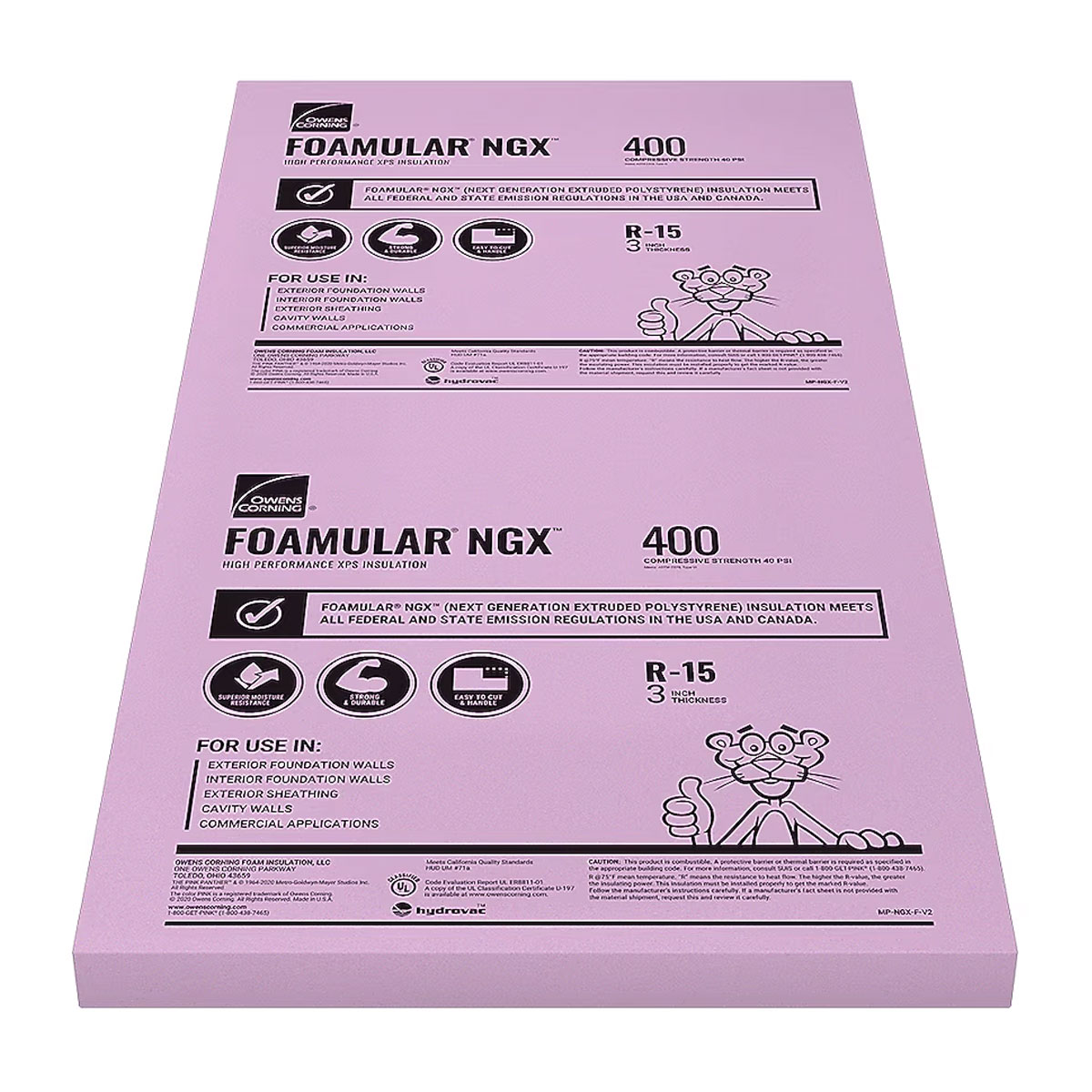
Matthew Coates of Coates Design Architects + Interiors recommends these baords for their high R-value insulation. They are easy to cut and fit, block mildew and scored an impressive 4.7/5 on Lowes.
The best and most expensive

If you’ve got the budget to spend and want to insulate above your garage to the max, Coates recommends a professional finish.
‘Spray foam is ideal and works the best because it also seals up all the little cracks and holes, but it is the most expensive option.’ This is largely due to the labor costs and the machines needed to do a brilliant insulation installation.
Common insulation mistakes to avoid
As a general rule when adding insulation, consider the climate where you live. Coates advises, ‘In colder areas, go for a higher R-value, especially in the ceiling. The higher the R-value the better insulation you will have. In hot areas, reflective insulation can be a smart add-on to keep out the heat.’
The lack of a vapor barrier is also a common mistake. Woods adds, ‘Consider adding a vapor barrier, especially if you live in a humid area. It will help prevent moisture buildup, which can lead to mold or mildew over time.’ Discover how to reduce your homes humidity to help stop mold growth.
And finally, Coates warns us to remember the garage door. He explains, ‘Don’t forget the garage door itself – there is no point in insulating everything else if the door is just a big thermal gap.’
Find out How to insulate a garage door to plug that gap and what to avoid, too.
The pros and cons of insulating above a garage
Introducing insulation will bring some useful and obvious benefits. Coates says, ‘It keeps the space above a garage warmer in winter and cooler in summer, reduces noise from the garage, and cuts down on moisture.’ And as an added bonus, ‘It might also add a little value to the home if you’re ever looking to sell.’
Alongside these benefits there is consideration for those who are going to use as Meringolo shares, ‘Health and safety of the inhabitants should be a top consideration. Thus, insulating the space above a garage is essential if you are conditioning the space for inhabitants.’
Also consider how to insulates pipes in your garage or above to help stop them bursting in inclemental weather.
He adds, ‘You definitely want to create a protective barrier from chemicals, fuels and vehicles stored and used in the garage space below. If there are flammable materials, dangerous vapors, or other hazardous materials in the garage, then make sure you use the appropriate products that are fire resistant, breathable, or encapsulating in some cases.’
But there are downsides to insulating above a garage as Coates explains, ‘You won’t see massive energy savings here since it’s a garage, unless the garage is heated.’ And, there are more obvious unwanted issues he adds, ‘There is a risk if the insulation isn't not done right, you can trap moisture and end up with mold issues.’
Can insulation grow mold? Yes it can, and when it becomes noticeable there can be unwanted practical issues as well says Coates, ‘It can be tough to access the insulation if you need repairs later and the insulation is covered by drywall.’ This will need to be removed and replaced adding unwanted costs.
When you should avoid insulating above a garage
Adding insulation above a garage is not a cheap proposition, so you need to consider if it's a job worth doing. Coates says, ‘It can get pricey to do a good insulation job, especially if you use spray foam.’
Alongside cost the key decision not to insulate is straightforward. Is it worth it?
Coates says, ‘If the garage is pure storage or you’re in a mild climate with a detached garage, it’s often just not worth the cost.’
The benefits it will bring are minimal, with Coates having some final wise words. ‘If you’re on a tight budget, there are usually better places to invest in insulation around the house.’
Why not try different ways to insulate a wall, or delve into the different attic insulation types to help keep your home at the temperature you want and your energy bills down.
Next, learn how to winterize a garage. It's a good a time as any to learn how to declutter a garage to make space for tools and equipment. If your old one is past its prime and causing you problems with pests or condensation, it might be time to find how much it costs to replace a garage door.
Sign up to the Homes & Gardens newsletter
Design expertise in your inbox – from inspiring decorating ideas and beautiful celebrity homes to practical gardening advice and shopping round-ups.

Steve has been a homes writer and editor for two decades, regularly contributing to brands like Homebuilding & Renovating Magazine. He is an avid DIYer with over 20 years of experience transforming and renovating homes. He specializes in painting and decorating but has strong all-around building skills, having worked in the industry for ten years.
-
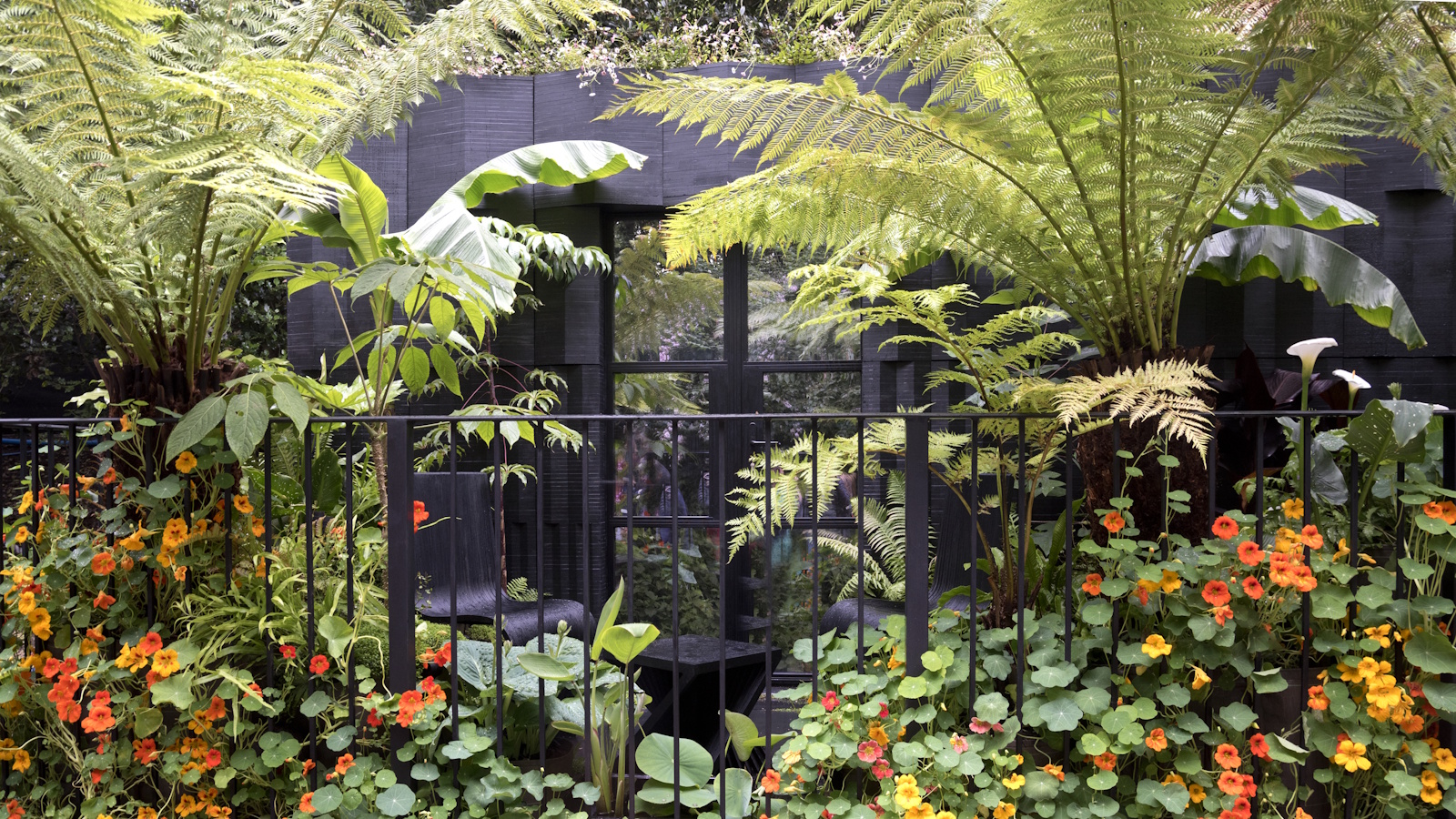 How to create an urban oasis in a city courtyard – and escape to a tranquil, sanctuary garden
How to create an urban oasis in a city courtyard – and escape to a tranquil, sanctuary gardenDreaming of an urban oasis? Then step this way...
By Kayleigh Dray
-
 The most organized room in Giada DeLaurentiis' home might not be her kitchen – her closet storage is ultra-sleek (and replicable for under $20)
The most organized room in Giada DeLaurentiis' home might not be her kitchen – her closet storage is ultra-sleek (and replicable for under $20)The chef's closet features slim hangers and floating shelves for a space that is functional, smartly designed, and visually stunning
By Hannah Ziegler
-
 5 surprisingly practical ways to re-purpose old bed sheets for cleaning, decluttering and storage at home
5 surprisingly practical ways to re-purpose old bed sheets for cleaning, decluttering and storage at homeDon't ditch worn-out bedding – there's life in them yet
By Natasha Brinsmead
-
 Do you need to turn the lights off when you leave a room? Experts have ended this time-honored debate once and for all
Do you need to turn the lights off when you leave a room? Experts have ended this time-honored debate once and for allOn or off? We delve into the details of this age-old dispute
By Chiana Dickson
-
 I tried the baking soda trick to quickly and naturally clean my outdoor rug – it’s now set for Easter outdoor hosting
I tried the baking soda trick to quickly and naturally clean my outdoor rug – it’s now set for Easter outdoor hostingBaking soda is perfect for lifting dirt and debris
By Eve Smallman
-
 The 5 worst things you can do to your fridge – these will drive up energy costs and result in pricey and regrettable repairs
The 5 worst things you can do to your fridge – these will drive up energy costs and result in pricey and regrettable repairsIt's crucial to swerve these blunders, appliance experts warn
By Ottilie Blackhall
-
 Extend the lifespan of your appliance with 5 simple but crucial washing machine maintenance tips
Extend the lifespan of your appliance with 5 simple but crucial washing machine maintenance tipsFrom cleaning the filters to keeping the door open, experts reveal the washer tips they swear by
By Andy van Terheyden
-
 5 vital ways a home battery backup can help with your most urgent needs in a power outage – from heating to flood prevention and calls
5 vital ways a home battery backup can help with your most urgent needs in a power outage – from heating to flood prevention and callsExperts say they're a worthy investment
By Clement Feng
-
 I’m an HVAC technician, and this is when I turn on my AC each year – plus 5 checks I always do beforehand
I’m an HVAC technician, and this is when I turn on my AC each year – plus 5 checks I always do beforehandSave yourself an AC hassle by running my checks and turning it on before big heat hits
By Josh Mitchell
-
 6 things you should never throw in the trash – and what to do for safe disposal instead
6 things you should never throw in the trash – and what to do for safe disposal insteadFrom batteries to space heaters, experts reveal what not to throw
By Andy van Terheyden